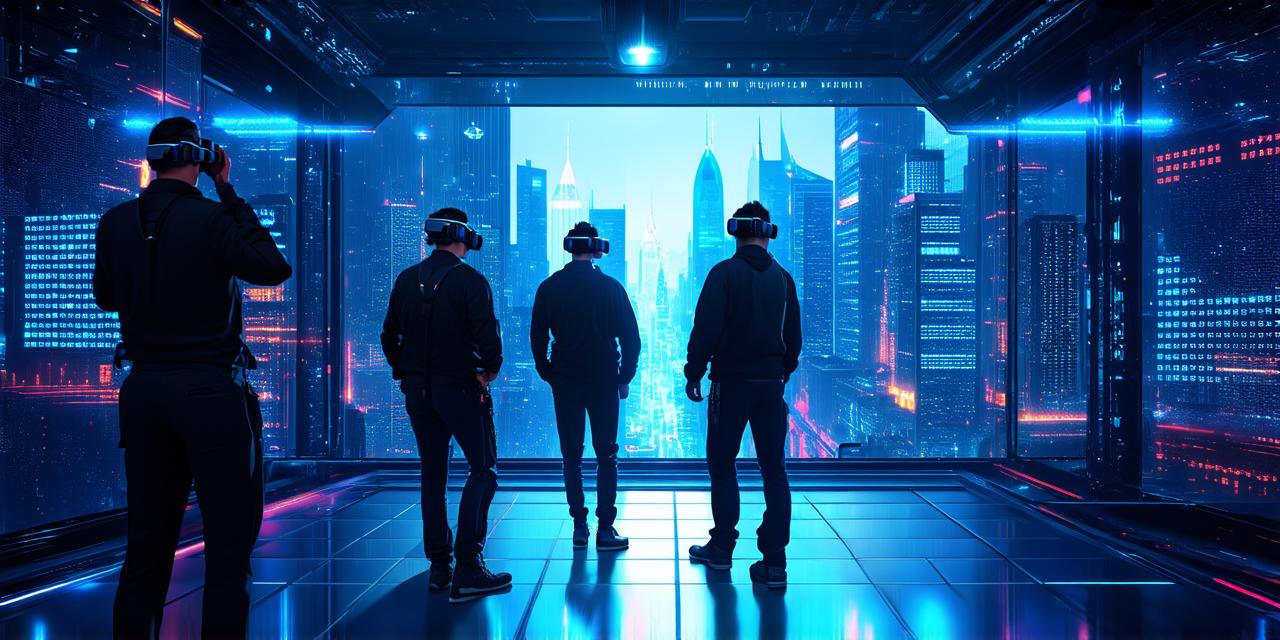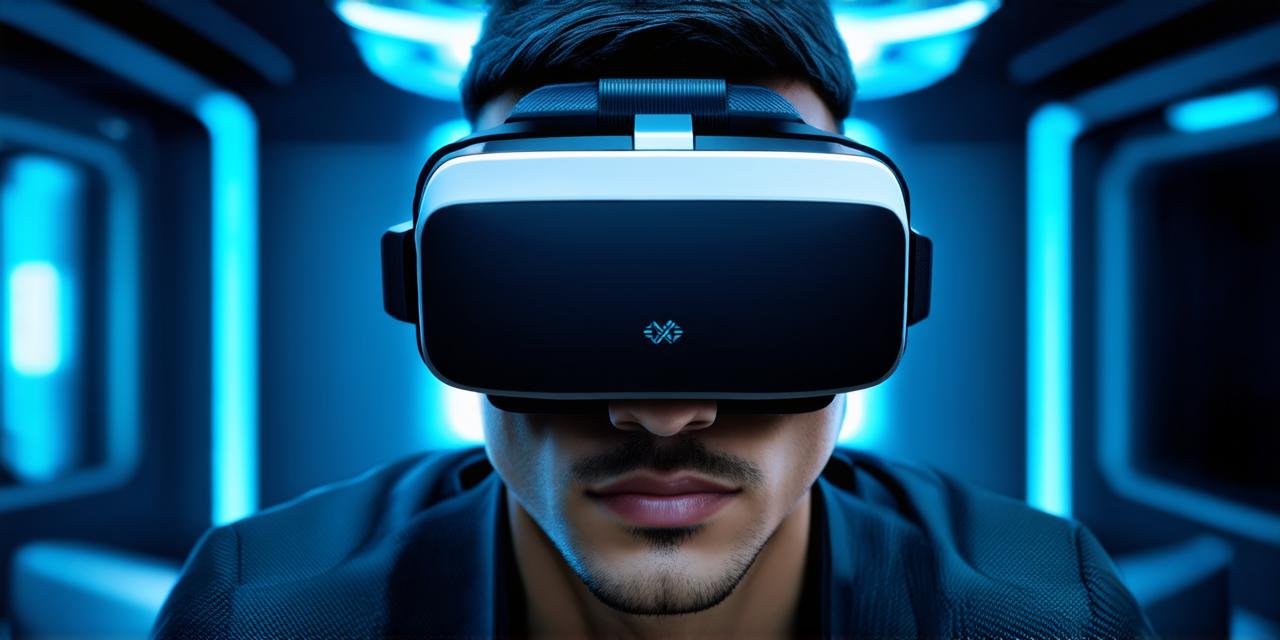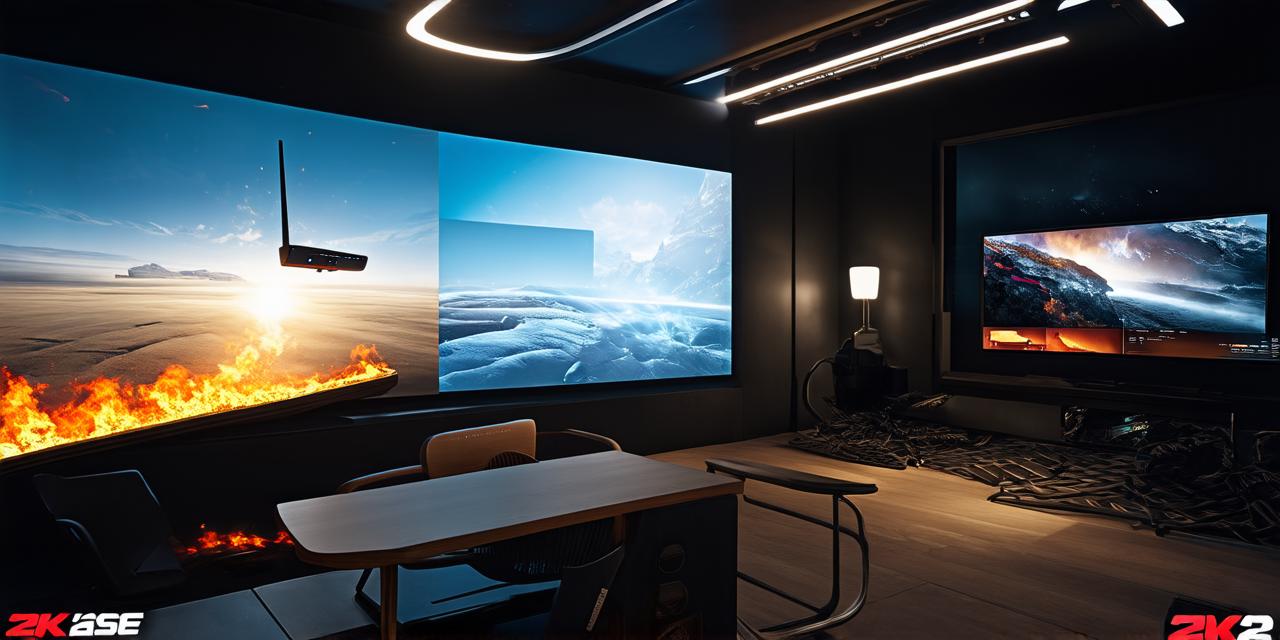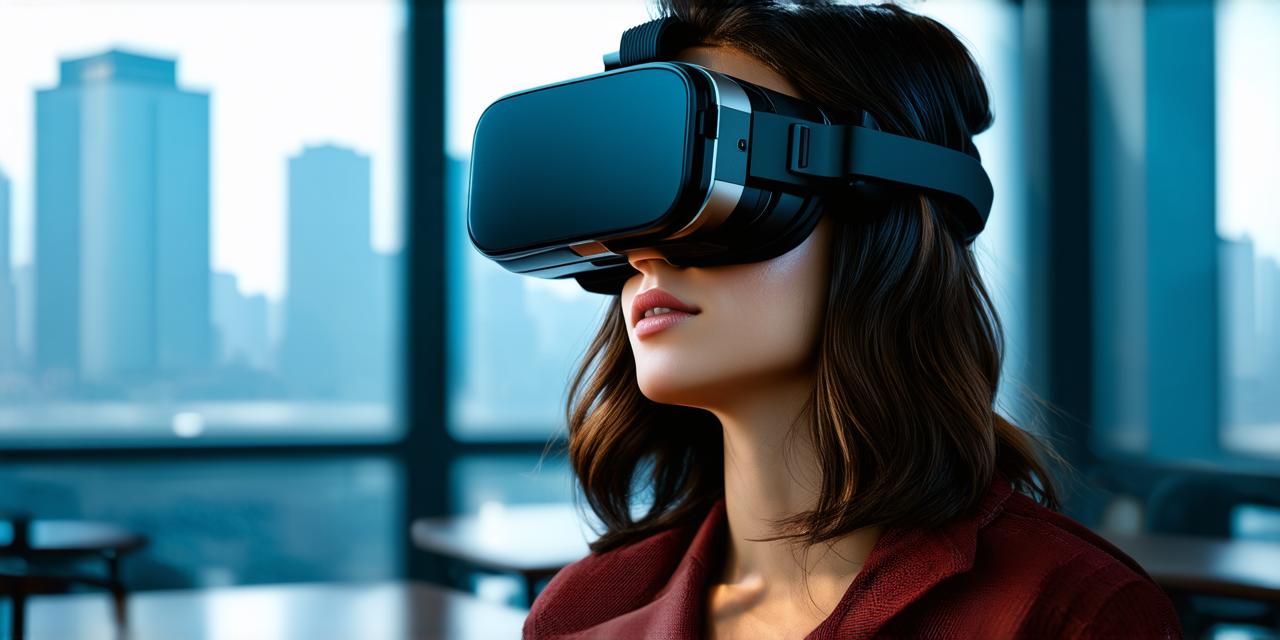Current Capabilities
Virtual reality technology has come a long way in recent years, with advancements in hardware and software allowing for increasingly realistic and immersive experiences. For example, high-resolution displays and advanced tracking systems have improved the visual quality of VR headsets, while new controllers and input devices have made it easier to interact with virtual environments.
One of the most impressive applications of VR is in gaming and entertainment. With VR, users can step into a fully immersive world and experience games and movies like never before. For example, the Oculus Quest 2, a popular VR headset, allows for wireless play and supports a wide range of games and applications.
Virtual reality is also being used in other fields, such as training and education, healthcare, and architecture. For instance, pilots can use VR simulations to practice flying skills without risking their lives or damaging expensive equipment. Similarly, medical students can use VR to learn about human anatomy and perform surgeries in a safe and controlled environment.
Limitations of Virtual Reality
Despite its many benefits, virtual reality technology also has some limitations. One of the biggest challenges is the “uncanny valley,” which is the range of visual fidelity between realistic and unrealistic images that can be unsettling to viewers. This can make it difficult to create truly immersive experiences that feel authentic.
Another limitation of VR is its physical limitations. While virtual environments are theoretically limitless, the real world has a number of constraints that can affect the experience. For example, users may become disoriented or nauseous if they move too quickly or in awkward ways, and there may be physical barriers to certain actions or movements.
Finally, VR technology is still relatively expensive and requires specialized hardware to run. While prices are coming down, many consumers may not have access to the latest VR systems or may not feel the need to invest in them.
Case Studies and Personal Experiences
There are many examples of how virtual reality technology has been successfully applied in different industries and applications. One notable example is the use of VR in real estate. Virtual tours allow potential buyers to explore properties in a fully immersive way, without having to physically visit the site. This can save time and money for both buyers and sellers, while also providing a more engaging and memorable experience.
Another example is the use of VR in healthcare. For instance, surgeons can use VR simulations to practice complex procedures before performing them on real patients. This can help reduce errors and improve outcomes, while also allowing for more personalized and effective care.
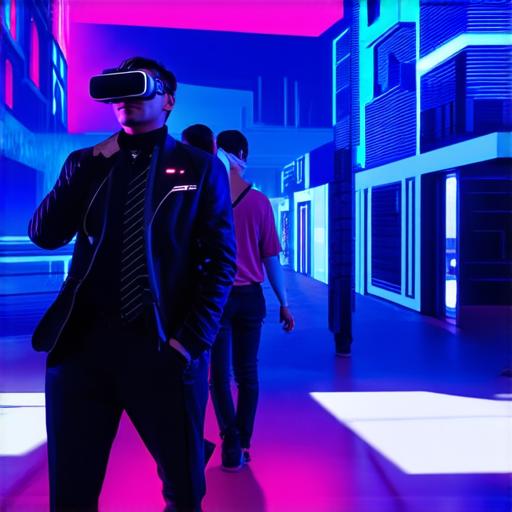
Personal experiences with VR can vary widely depending on the individual’s background and interests. Some users may find the experience overwhelming or disorienting, while others may be completely captivated by it. It’s important to consider these factors when deciding whether VR technology is right for you or your organization.
Future Prospects
Despite its current limitations, virtual reality technology is likely to continue advancing in the coming years. New hardware and software innovations will undoubtedly push the boundaries of what’s possible, allowing for even more immersive and interactive experiences.
One area where we may see significant advancements is in the field of augmented reality (AR), which combines virtual elements with the real world. AR technology has already been used in a variety of applications, such as gaming and advertising, but its full potential has not yet been realized.
Another area where we may see significant advancements is in the realm of haptic feedback, which allows users to feel physical sensations within virtual environments. This could revolutionize the way we interact with virtual objects and create more realistic and engaging experiences.
Summary
Virtual reality technology has come a long way in recent years, but it still has some limitations that must be addressed. By exploring these limitations and understanding how VR technology can be applied in different industries and applications, we can begin to push the boundaries of what’s possible and create even more immersive and engaging experiences. As technology continues to advance, we can expect virtual reality to become an increasingly important part of our daily lives.
